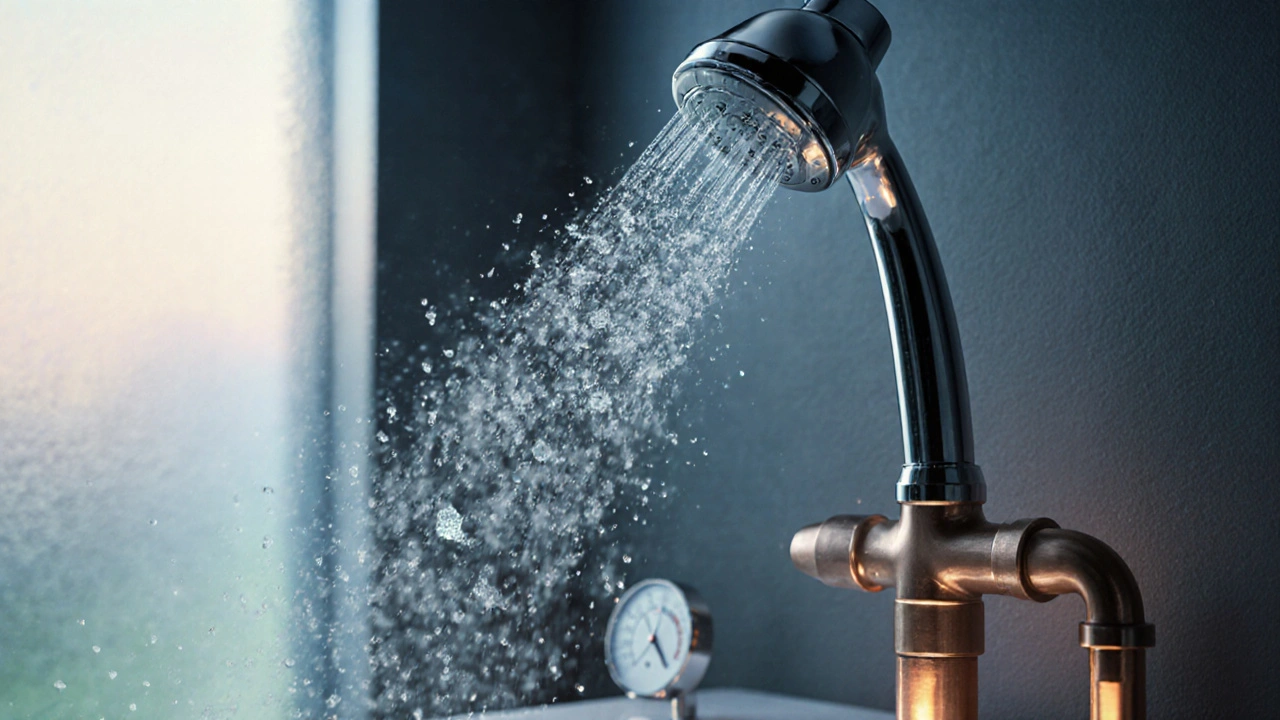Plumbing Systems 101: What Every Homeowner Should Know
Ever wonder why you get hot water in the morning and cold water at night? It all comes down to the plumbing system in your home. Think of it as a network of tiny highways that move water in, send it where you need it, and carry waste away. When those highways are clear, everything works. When they get clogged or leak, you end up with soggy floors, weird noises, and a big bill.
Key Parts of a Typical Plumbing System
The core of any system is the water supply line. It brings fresh water from the municipal main or a private well into your house. From there, a series of pipes branch out to your kitchen, bathroom, laundry, and outdoor taps. Most indoor pipes are made of copper, PEX, or PVC, each with its own pros and cons. Valves sit at strategic points—like the main shut‑off valve near the meter—so you can stop water flow quickly if a pipe bursts.
On the other side, the drainage system takes waste water away. It starts with the trap under every sink, which holds a little water to block sewer gases. The waste then travels through larger drain pipes and finally reaches the main sewer line or a septic tank. A vent stack sticks up through the roof, letting air in so water flows smoothly.
Simple Maintenance Tricks to Avoid Costly Repairs
Keeping the system humming doesn’t require a professional every month. Start with a quick visual check of exposed pipes for rust, corrosion, or tiny leaks. A drop a day might sound small, but it adds up fast. Use a plumber’s tape on threaded joints if you notice a slow drip; it’s an easy fix that can buy you weeks.
Clogged drains are another common headache. Instead of harsh chemicals, try a mixture of baking soda and hot water. Let it sit for 15 minutes, then rinse. For tougher buildup, a simple plumber’s snake or a handheld auger can break up hair and debris without damaging pipes.
Seasonal care matters too. In winter, let a trickle of water run through exposed outdoor pipes on especially cold nights. It prevents freezing, which can cause cracks. In summer, check your water pressure with a gauge; pressures above 80 psi can strain joints and lead to leaks.
Finally, know when to call a pro. If you see water pooling around the foundation, hear loud hammering noises (water hammer), or your water suddenly turns discolored, those are signs of bigger issues that need a trained eye.
By understanding the basic layout—a supply line, a network of pipes, valves, traps, and vents—you can spot problems early and act fast. A little regular attention keeps your plumbing system reliable, your water clean, and your wallet happy.

How Plumbing Systems Contribute to Legionnaire's Disease Outbreaks
Learn how plumbing systems spread Legionnaire's disease, identify high‑risk fixtures, and follow practical steps to prevent outbreaks.
view more